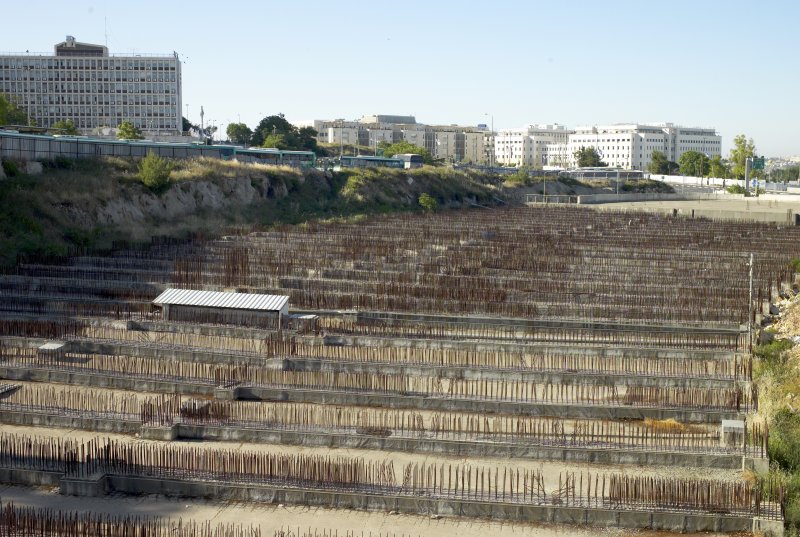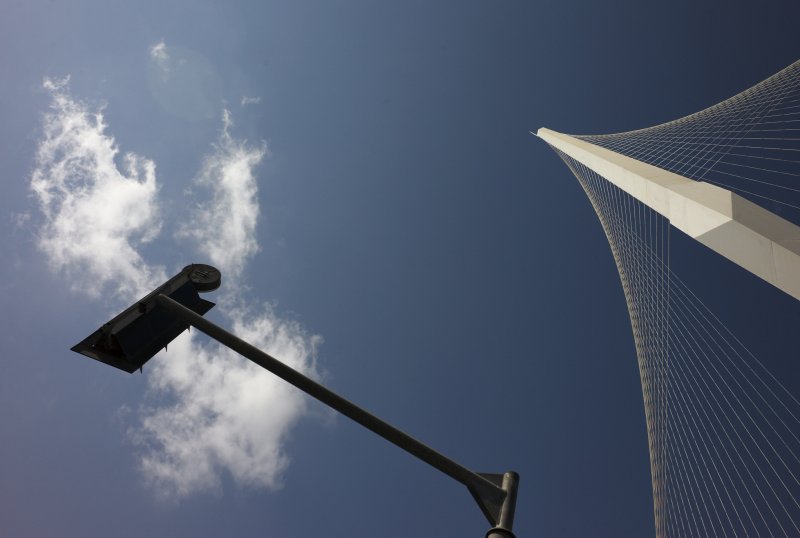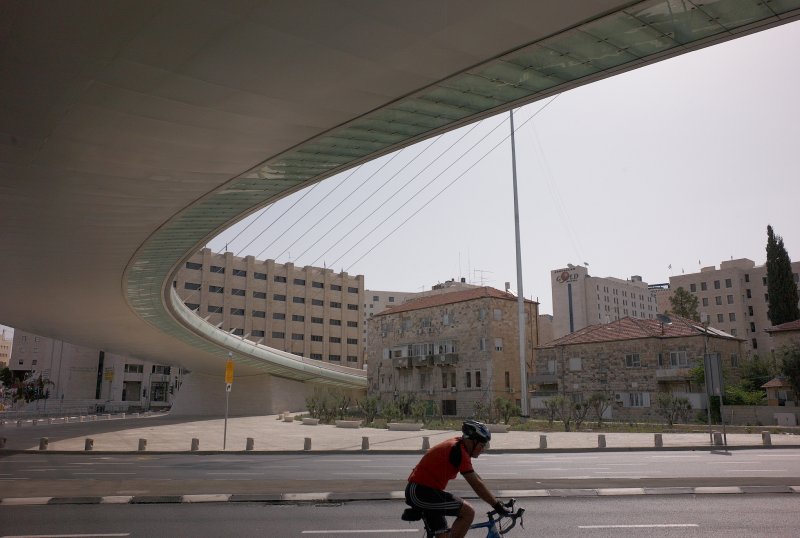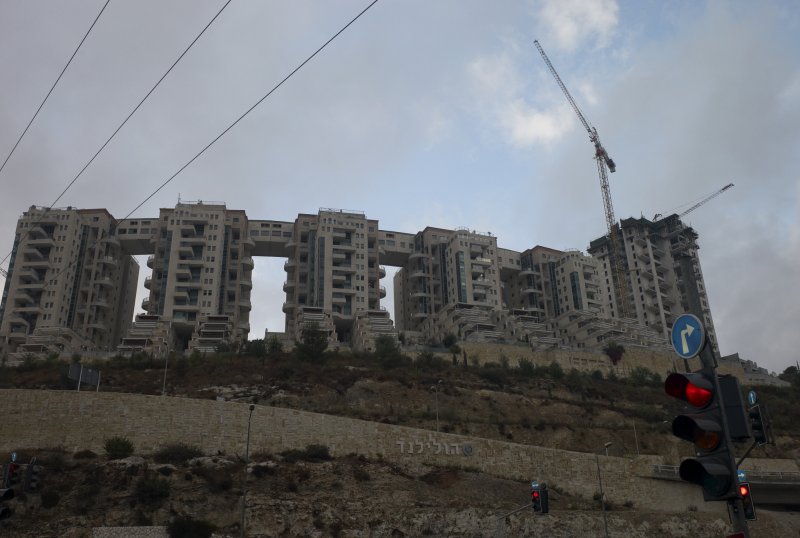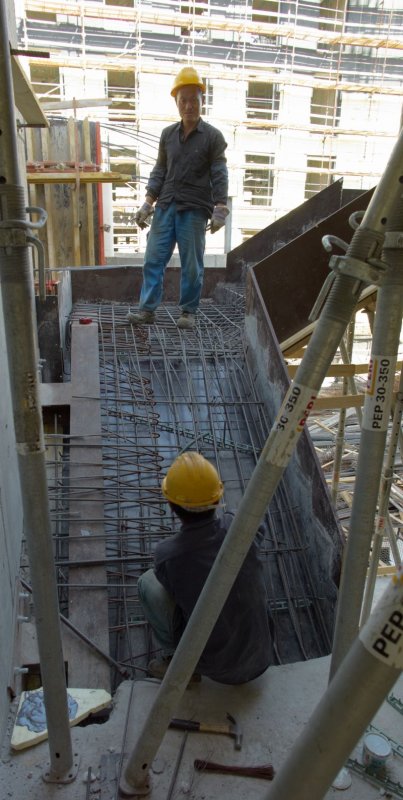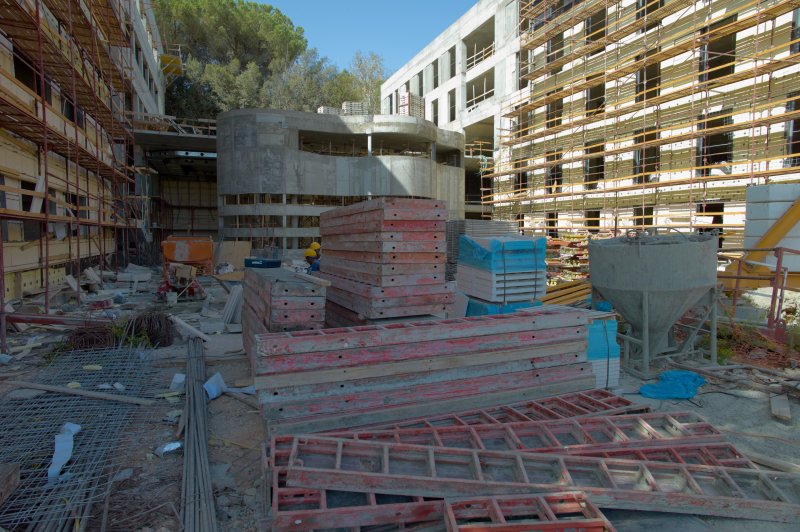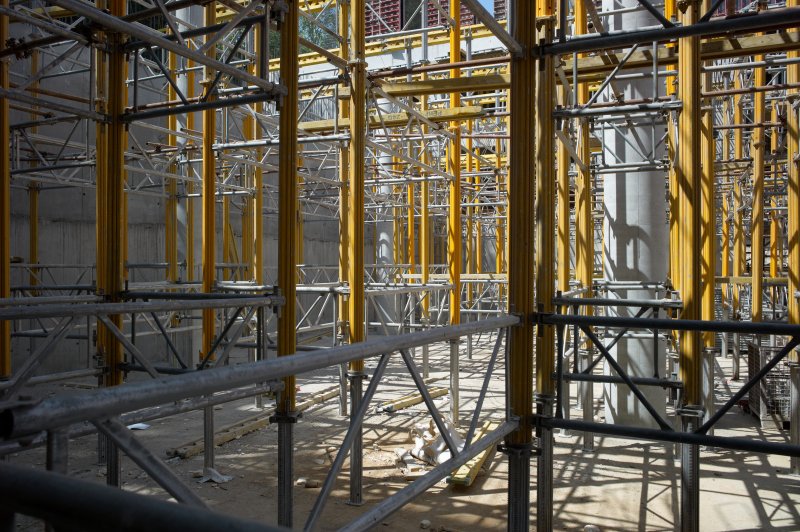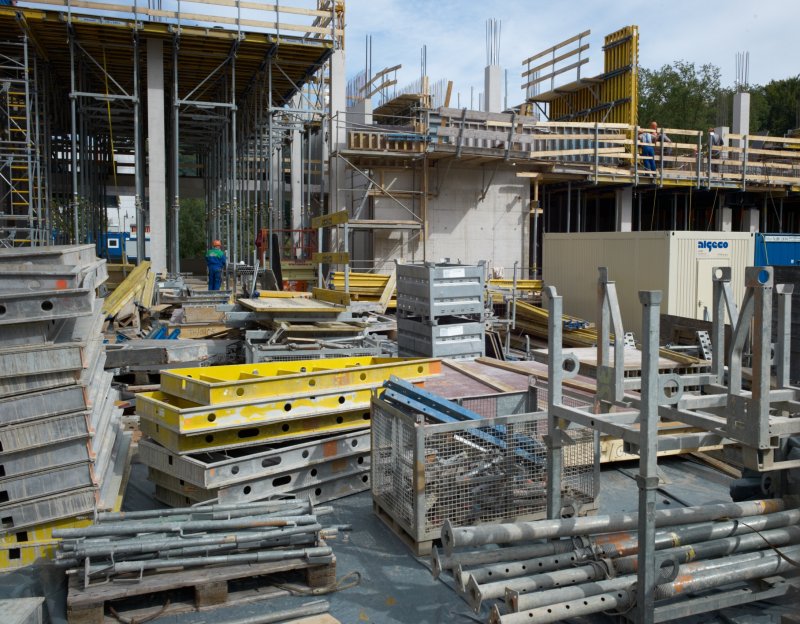scott kirkpatrick
Member
I've been photographing the construction of a new building for our department since it was just a hole in the ground. There's an interesting tension between what the "customer" (our department representatives) want to see, which is more or less how we are progressing towards the ultimate finished building, and what I see when I borrow a hard hat and walk the site. The customer was delighted when I gave them a studio shot of the architect's model, suitable for use on a 5 m wide billboard at the entrance gate. But what delights me is the profusion of stuff that litters the site, the roughness of the concrete, the cables, conduits and holes everywhere. And it is all in view at once, at varying depths. It's a constant challenge to see if I can put into practice what I learn from Lee Friedlander (composing at many depths) and Carl Weese (filling the frame with interesting colors, shapes and textures, edge to edge).
Here's the setting:
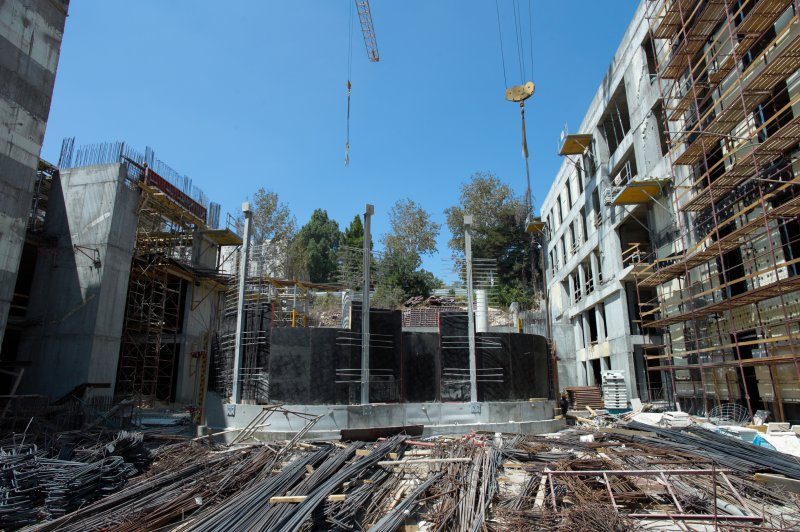
with some threatening passages, which I won't recognize when finished:
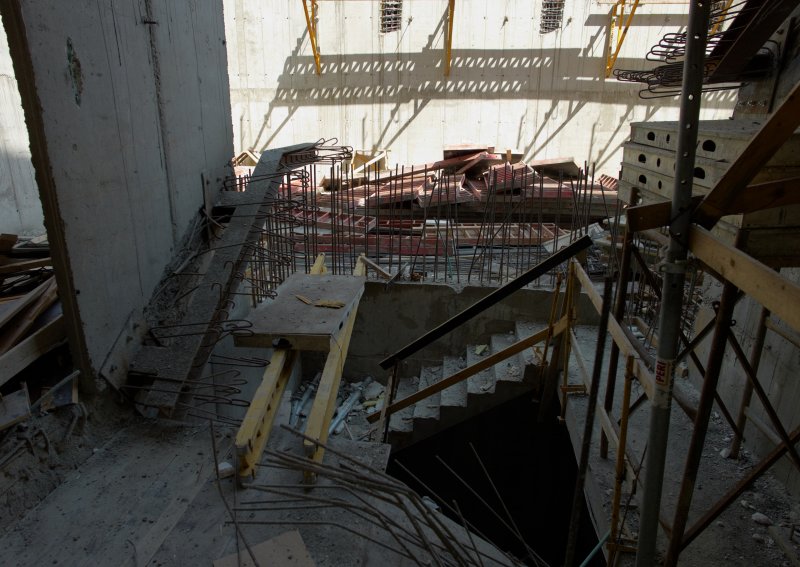
and some of the elements of the Erector set:
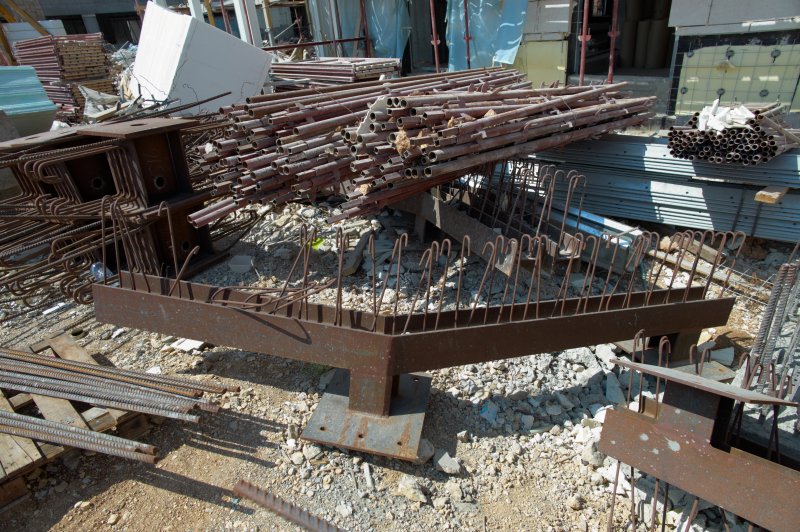
There's a very loosely edited PBase gallery with lots more of these
here.
To frame this as a challenge, let's see what others see when buildings have their guts exposed, whether going up or coming down...
scott
PS -- technical data: M9, 21 Summilux, usually at f/5.6 and ISO 160 if there is lots of light. Full res originals available on PBase for now -- they make good screensavers.
Here's the setting:

with some threatening passages, which I won't recognize when finished:

and some of the elements of the Erector set:

here.
To frame this as a challenge, let's see what others see when buildings have their guts exposed, whether going up or coming down...
scott
PS -- technical data: M9, 21 Summilux, usually at f/5.6 and ISO 160 if there is lots of light. Full res originals available on PBase for now -- they make good screensavers.
Last edited by a moderator:









